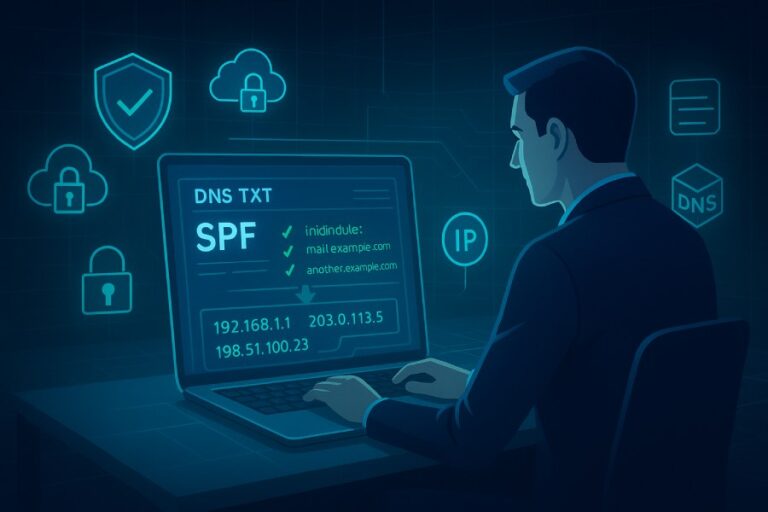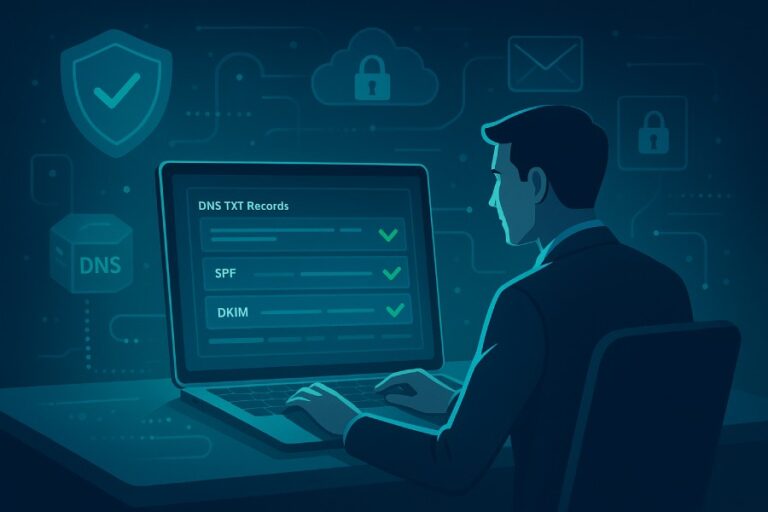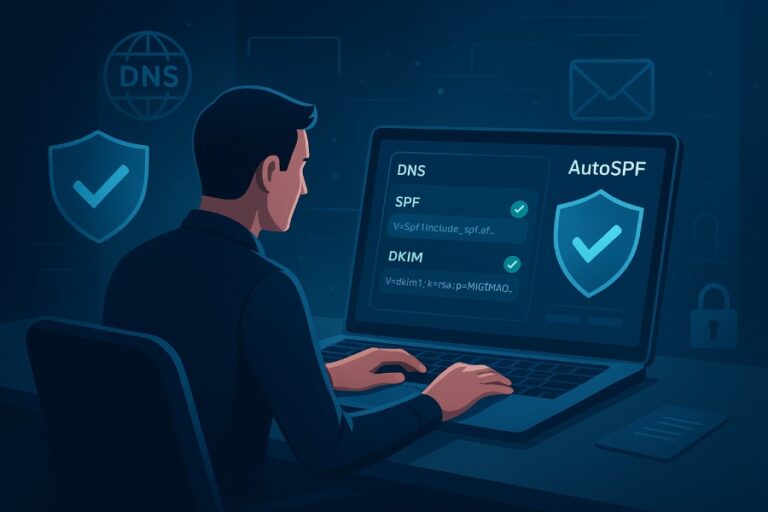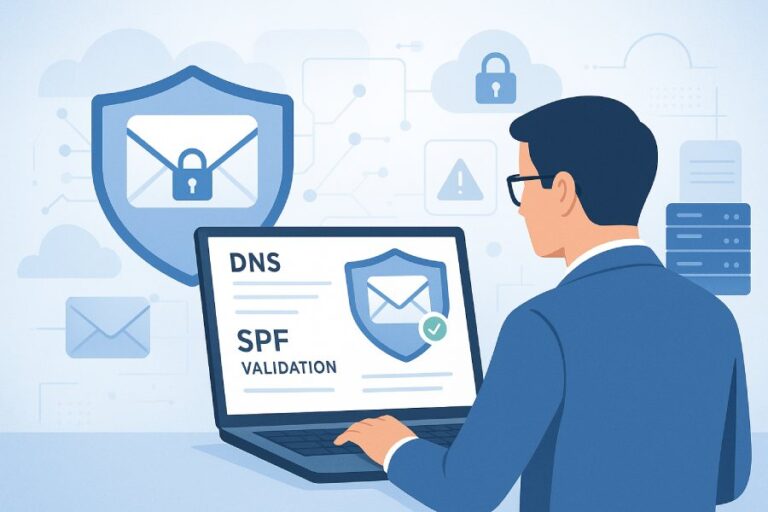How can I safely flatten SPF records while preserving SPF validation?
You can safely flatten SPF records while preserving SPF validation by recursively expanding includes/redirects into explicit ip4/ip6 mechanisms within the 10-lookup budget, scheduling automated re-flattening with atomic DNS updates and monitoring, and combining selective flattening, subdomain delegation, and stable includes to maintain equivalent semantics across major receivers. Flattening SPF is the process of replacing mechanisms…









